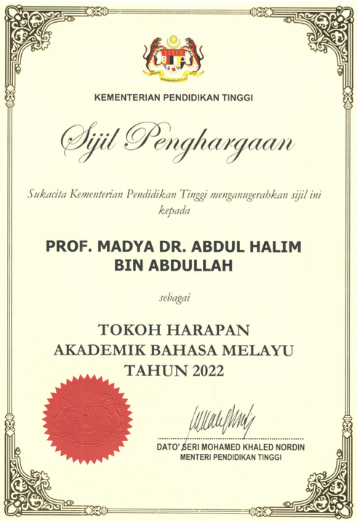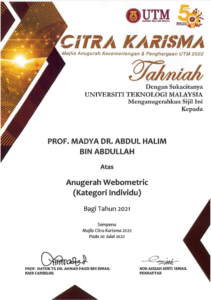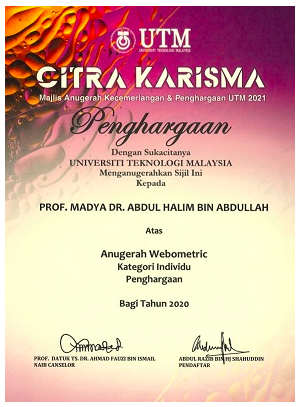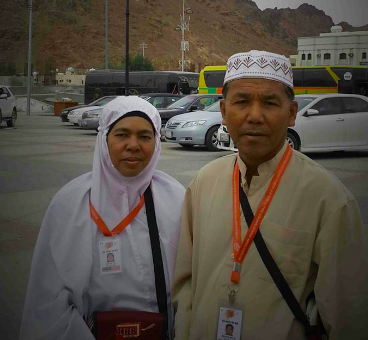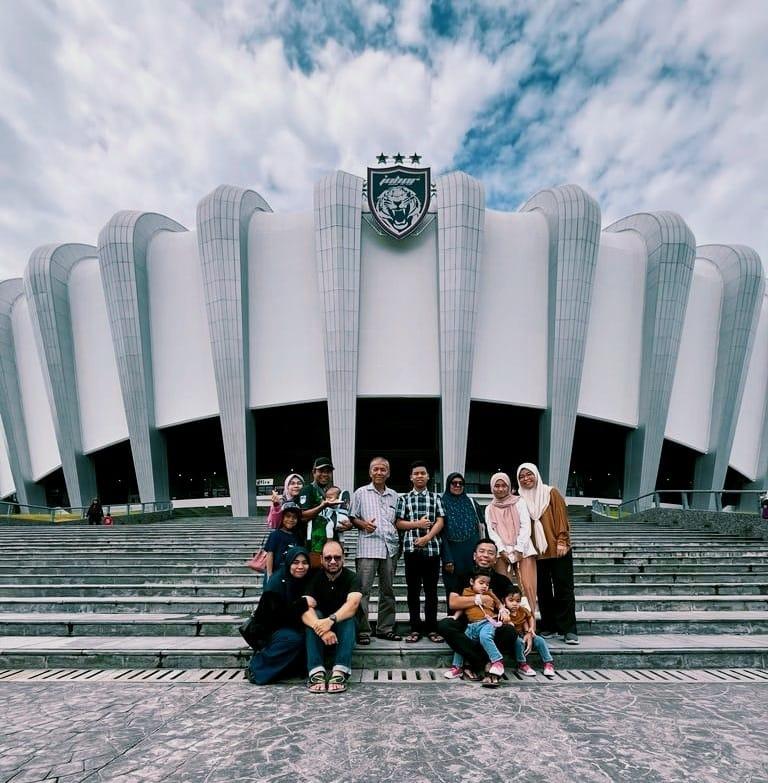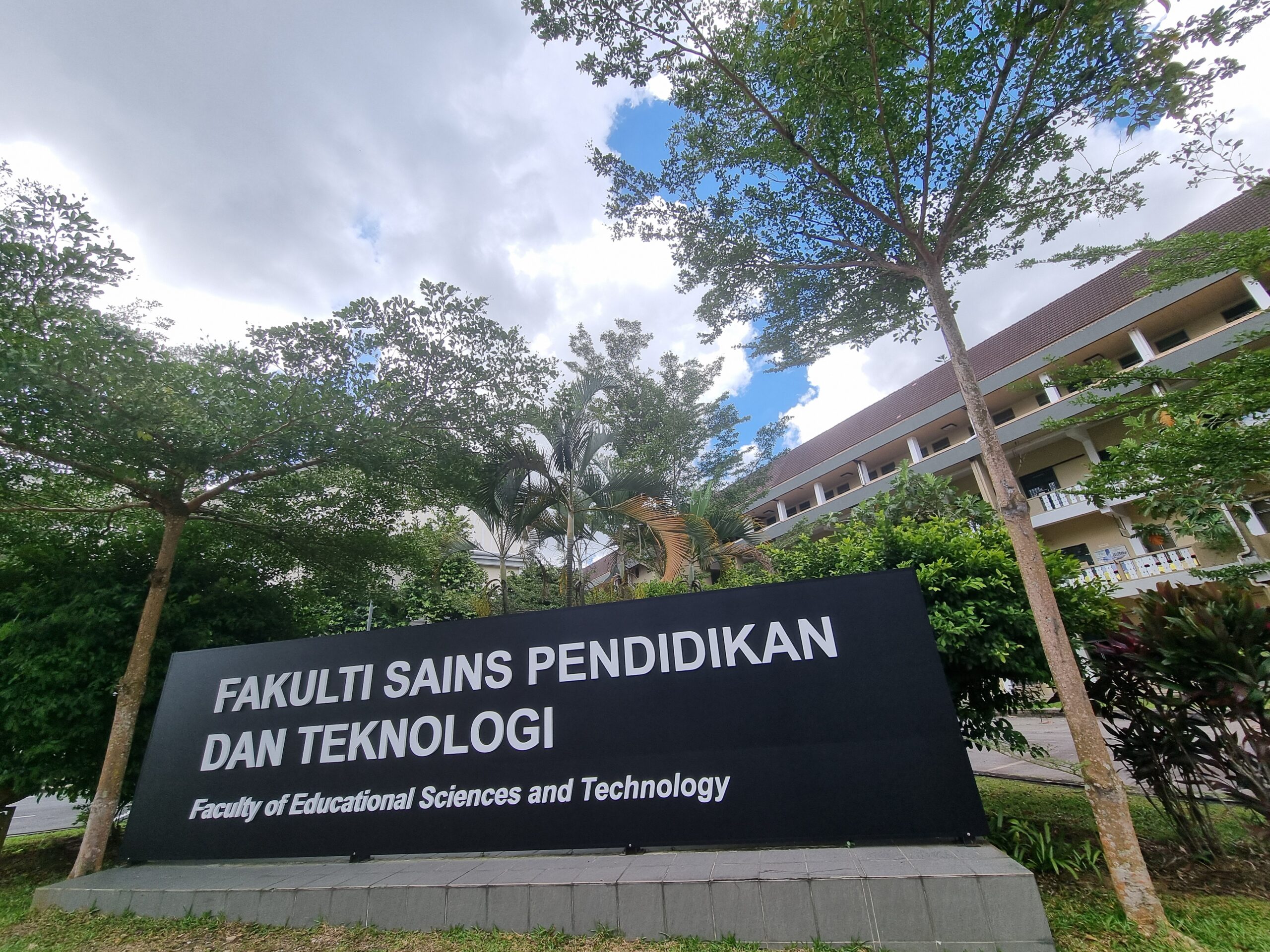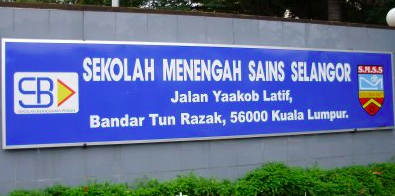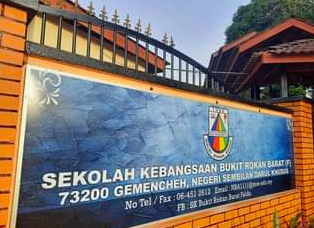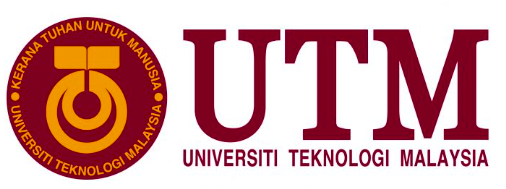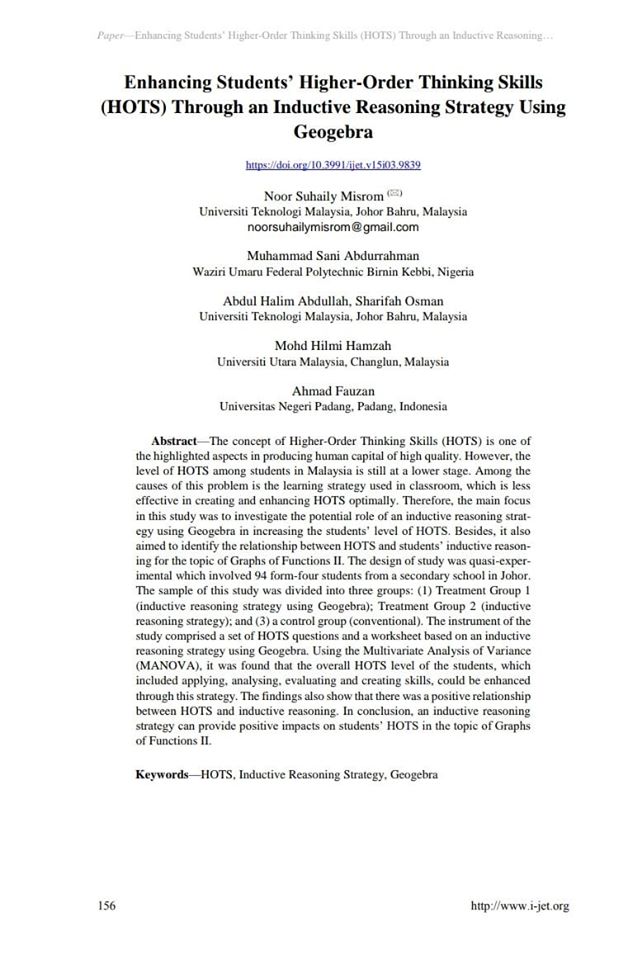 Alhamdulillah. Our latest ISI-indexed journal article has just been published. To complete this ISI- (and also Scopus-) indexed journal article, it is not a one-man show. The research was conducted by the 1st author. She was supervised by the 3rd author and some of her instruments and worksheets were validated by the 4th author. The 1st author also compressed the whole thesis into an article with the assistance of the 2nd author. After the manuscript completed, the 3rd author had a consultation with the 6th author. He highlighted some points to improve the manuscript. And again, the 3rd author asked the 2nd author, who is also a Phd student under the 3rd author’s supervision, to add some important contents into the article.The whole article was finally proofread by the 5th author. Indeed, to produce an indexed journal article, it is not as easy as ABC. It is a collaborative work that goes across universities and countries. Congratulations to all of us. Job done well!
Alhamdulillah. Our latest ISI-indexed journal article has just been published. To complete this ISI- (and also Scopus-) indexed journal article, it is not a one-man show. The research was conducted by the 1st author. She was supervised by the 3rd author and some of her instruments and worksheets were validated by the 4th author. The 1st author also compressed the whole thesis into an article with the assistance of the 2nd author. After the manuscript completed, the 3rd author had a consultation with the 6th author. He highlighted some points to improve the manuscript. And again, the 3rd author asked the 2nd author, who is also a Phd student under the 3rd author’s supervision, to add some important contents into the article.The whole article was finally proofread by the 5th author. Indeed, to produce an indexed journal article, it is not as easy as ABC. It is a collaborative work that goes across universities and countries. Congratulations to all of us. Job done well!
Enhancing Students’ Higher-Order Thinking Skills (HOTS) Through an Inductive Reasoning Strategy Using Geogebra
Abstract

